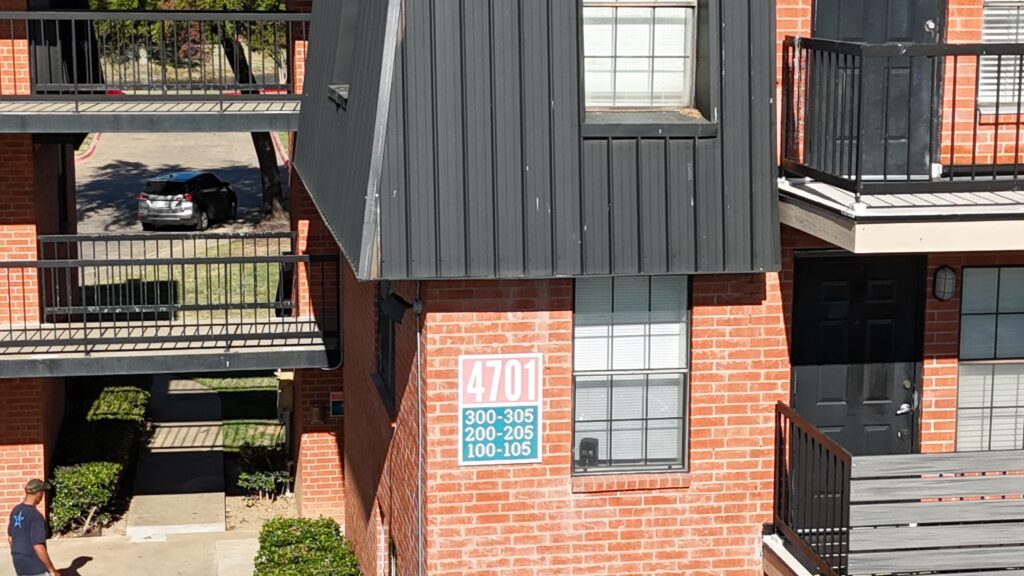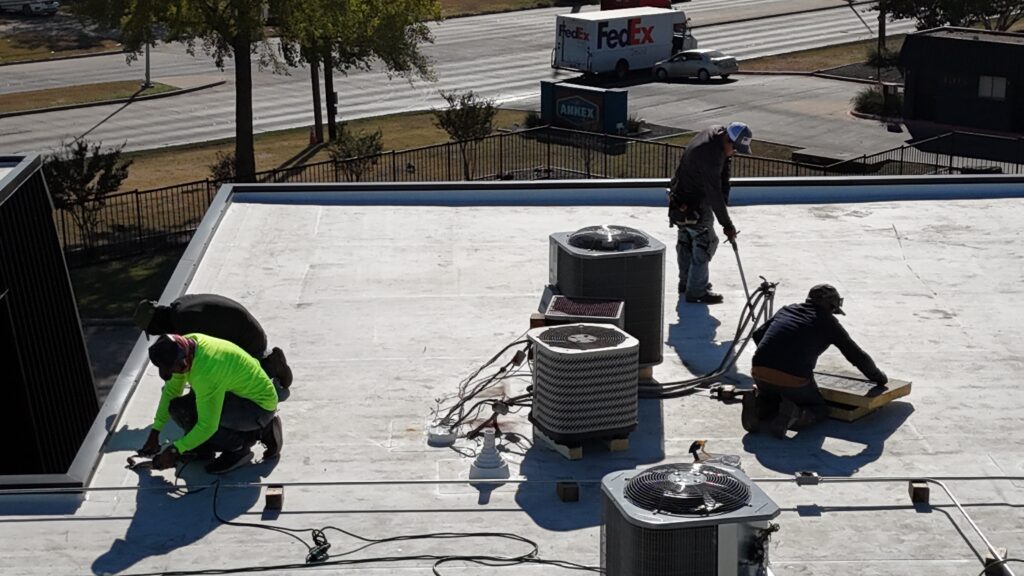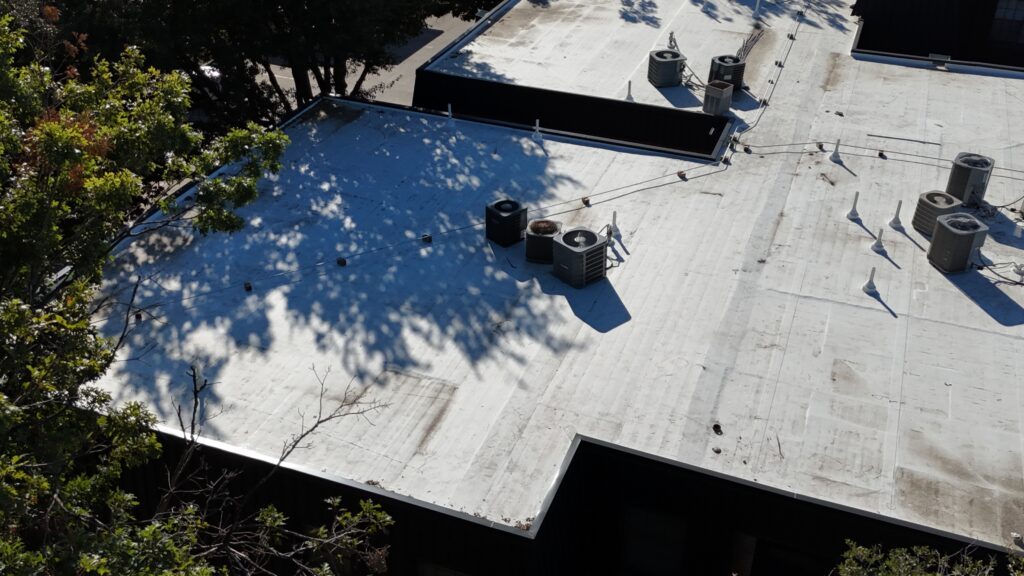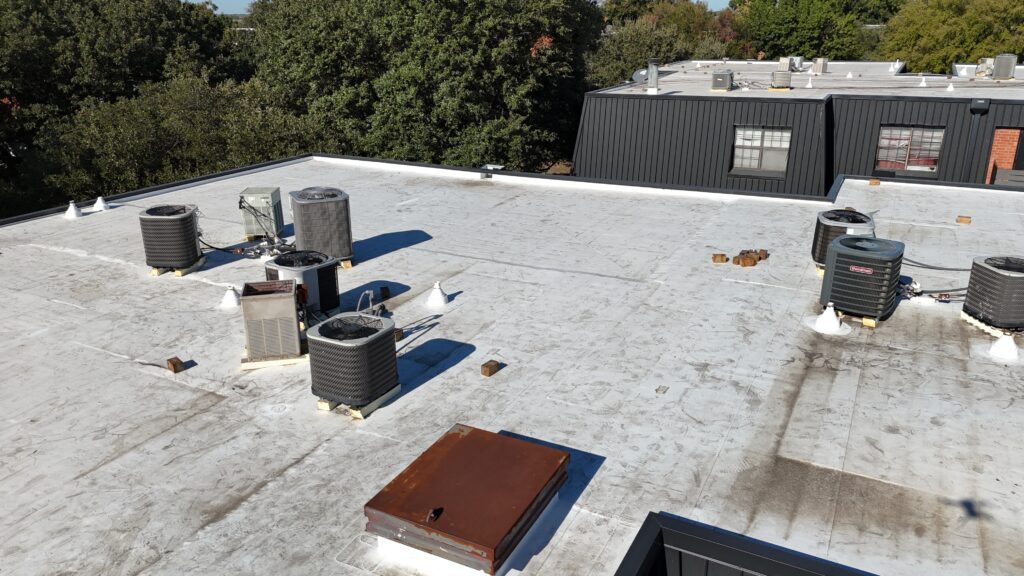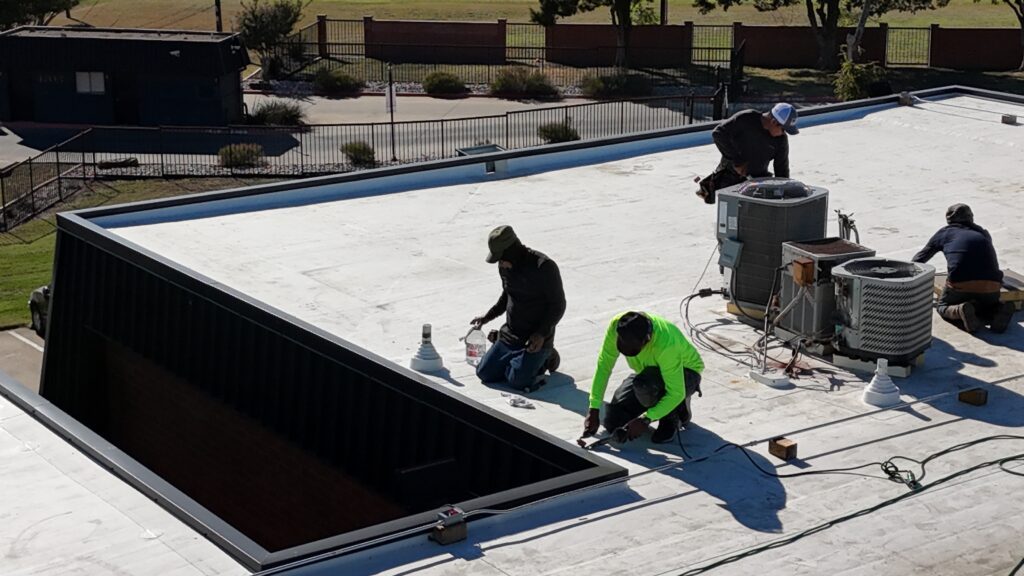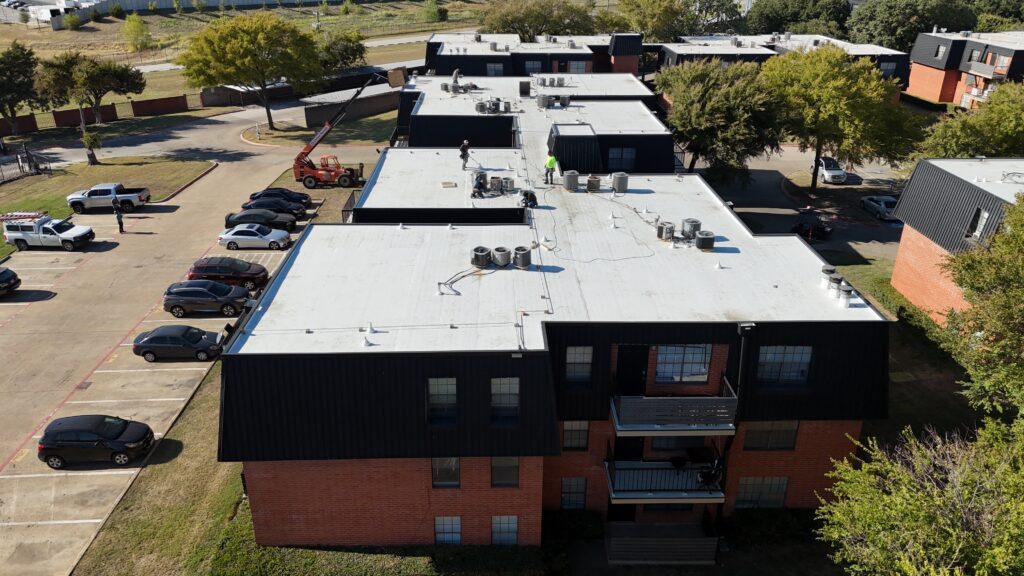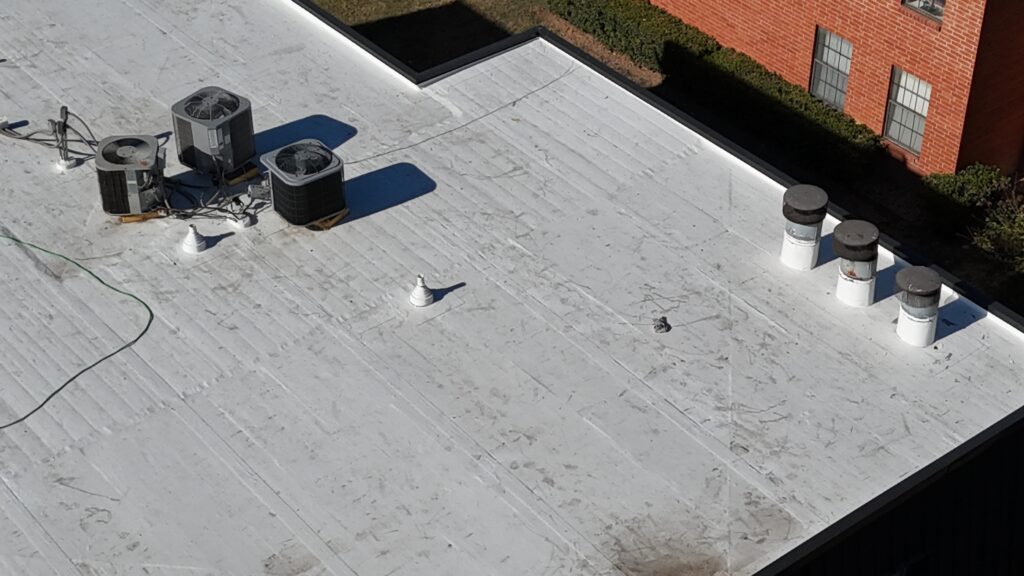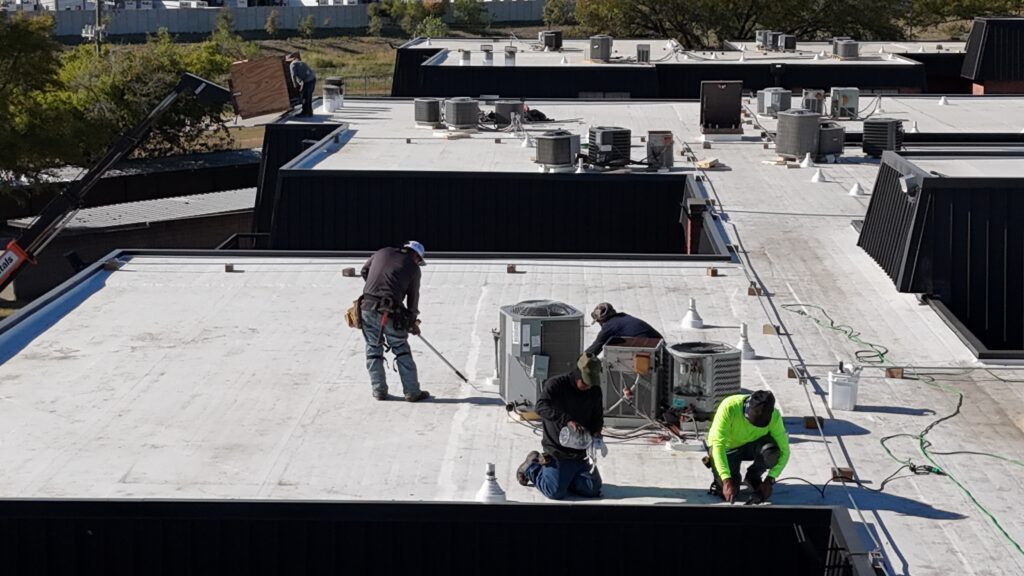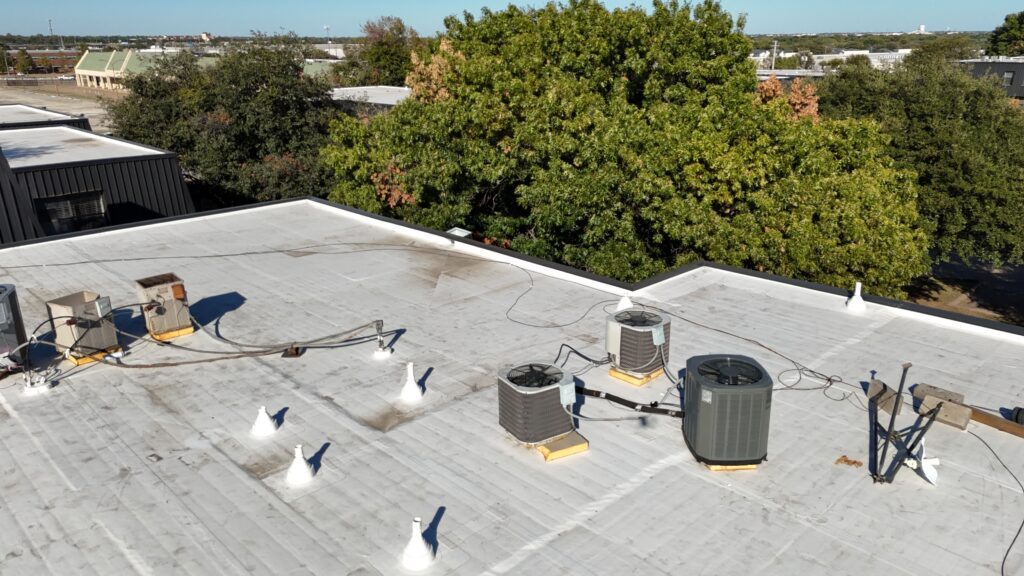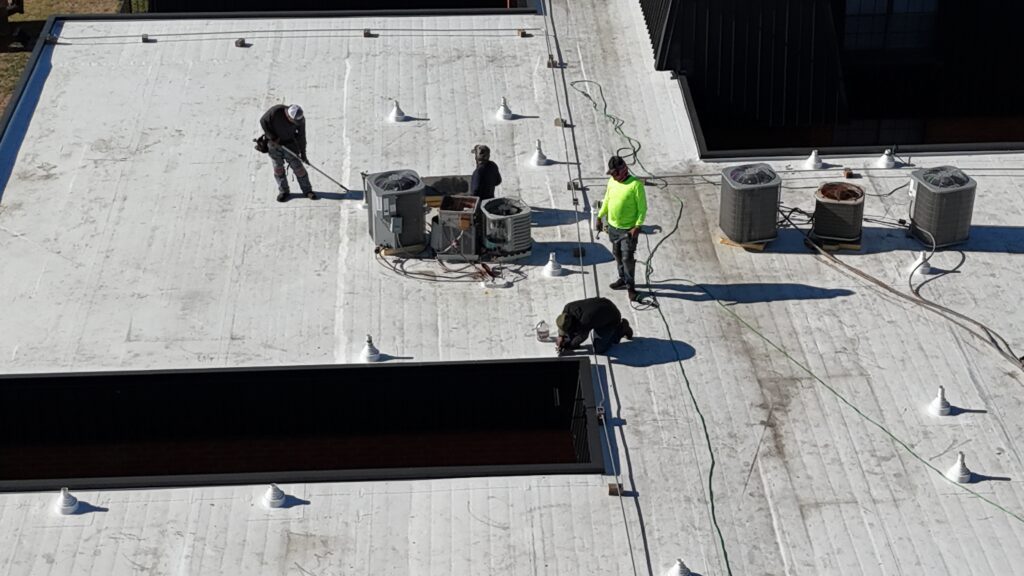
The Durable, Cost-Effective Solution for Flat and Low-Slope Roofs
Single ply membrane roofing is a modern, flexible, and durable roofing solution ideal for commercial buildings, as well as residential properties with flat or low-slope roofs. Known for its ease of installation, energy efficiency, and long-lasting weather protection, single ply membrane roofing has quickly become a popular choice among property owners and contractors. This system consists of a single layer of thermoset or thermoplastic material that offers a lightweight yet robust barrier against leaks, UV rays, and temperature fluctuations. Here’s a look at the benefits, options, and why single ply membrane roofing might be the right fit for your property.
What is Single Ply Membrane Roofing?
Single ply membrane roofing systems are made from flexible sheets of synthetic material, typically available in large rolls, which are heat-welded or adhered to create a continuous, watertight surface. Common materials for single ply membranes include TPO (thermoplastic polyolefin), PVC (polyvinyl chloride), and EPDM (ethylene propylene diene terpolymer). Each type has distinct advantages and characteristics, but all are designed to withstand harsh weather conditions, resist chemical exposure, and provide years of reliable protection. These membranes are particularly effective on flat or low-slope roofs, where traditional roofing materials may struggle to prevent leaks and water buildup.
Types of Single Ply Membrane Roofing
TPO (Thermoplastic Polyolefin)
TPO is a popular choice for single ply membrane roofing due to its energy efficiency and cost-effectiveness. TPO roofs are highly reflective, which helps reduce cooling costs by reflecting sunlight away from the building. This makes them an eco-friendly choice, as they can lower energy bills and help mitigate heat island effects in urban areas. TPO membranes are also resistant to UV rays, chemicals, and punctures, making them ideal for commercial applications where durability is essential.
PVC (Polyvinyl Chloride)
PVC roofing membranes are known for their exceptional strength and flexibility. They are particularly well-suited for roofs exposed to harsh weather or chemical pollutants, as PVC is highly resistant to fire, chemicals, and high winds. Additionally, PVC is highly reflective, helping keep buildings cooler in hot climates. Due to its resilience, PVC roofing can withstand more foot traffic than other membrane options, making it ideal for roofs that house equipment or are frequently accessed.
EPDM (Ethylene Propylene Diene Monomer)
EPDM, or “rubber roofing,” is a thermoset membrane that is extremely durable and UV-resistant. EPDM roofing is a long-lasting option for flat roofs and is especially popular in cooler climates, as it absorbs heat and helps maintain a comfortable indoor temperature. EPDM is highly flexible and can adapt to temperature changes without cracking or shrinking, making it a reliable choice for buildings in areas with varying weather conditions.
Benefits of Single Ply Membrane Roofing
Weather and Leak Resistance
Single ply membranes create a seamless, watertight barrier that effectively prevents leaks and protects the underlying structure from rain, snow, and other moisture sources. This makes them highly reliable for flat and low-slope roofs that are more susceptible to water pooling and seepage.
Energy Efficiency
Many single ply membranes, such as TPO and PVC, offer high reflectivity and UV resistance. By reflecting solar heat, these roofs help regulate indoor temperatures, reducing the need for air conditioning and lowering energy costs. This energy efficiency is beneficial for commercial and residential properties alike.
Durability and Low Maintenance
Single ply membrane roofing is designed for longevity and requires minimal maintenance over its lifetime. The materials resist common roofing issues such as cracking, peeling, and blistering, which means you spend less time and money on repairs.
Flexibility and Versatility
Single ply roofing membranes can be installed on various roof shapes and structures, making them suitable for many applications. They are lightweight and require fewer structural modifications, reducing installation time and costs.
Cost-Effectiveness
Single ply membrane roofing is often more affordable than other roofing options, particularly when considering its durability and longevity. A professionally installed single ply roof can last 20-30 years or more, providing excellent value over time.
Invest in Single Ply Membrane Roofing for Lasting Protection
If you’re looking for a roofing solution that combines durability, energy efficiency, and cost-effectiveness, single ply membrane roofing is an excellent choice. With options tailored to different climates and building needs, you can find a system that meets your specific requirements. Ready to explore the benefits of single ply roofing? Contact us today to discuss your options and get started with a roofing solution that provides peace of mind and long-lasting protection.
Find Out More About Single Ply Membrane Roofing – TPO, PVC, KEE
By submitting this form, you are consenting to receive marketing emails from: Dimensional Roofing. You can revoke your consent to receive emails at any time by using the SafeUnsubscribe® link, found at the bottom of every email. Emails are serviced by Constant Contact

